Laylat al Qadr or the Night of Destiny, marks the holiest night of the year for Muslims during which the first verses of the Holy Qur’an were revealed by the archangel Gabriel to the Prophet Muhammad (peace be upon him) some 14 centuries ago.
Iran (IMNA) - There is still no evidence over the exact date of Laylat al-Qadr, but there is a general consensus that the Night of Destiny falls on the last 10 days of the holy fasting month of Ramadan, with odd-numbered days being more likely.
Shia Muslims recognize Lailat al Qadr on the 19th, 21st or 23rd nights of Ramadan. However, more emphasis is laid on the 21st and the 23rd, particularly the 23rd. Laylatul Qadr carries great significance for Muslims; as the Holy Qur’an describes this single night as being better than 1,000 months.
On the evening preceding the holy night, Iranian Muslims congregate in neighborhood mosques or other religious sites to pray to god for mercy, forgiveness, and salvation as they believe that this night marks their fate in the following year; the night is the symbol of purifying soul and focusing on the spiritual aspects of life; this practice is called Ehyaa during which some Muslim worshippers spend the whole night praying or reciting the Quran and holding vigils until dawn.
The Night of Decree has double significance for Shia Muslims as the dawn of the 19st day of Ramadan marks the anniversary of the day in which Imam Ali (peace and greetings be upon him) was struck in the head with a poisonous sword while he was praying in the Great Mosque of Kufa.
Let's see how Iranian Muslims spent the holy night.


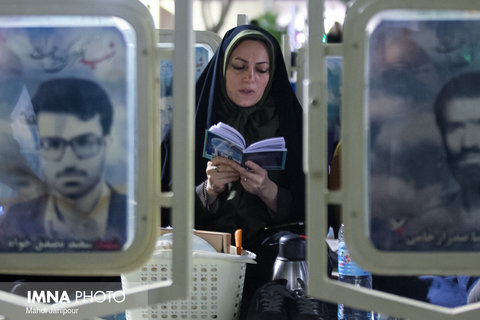
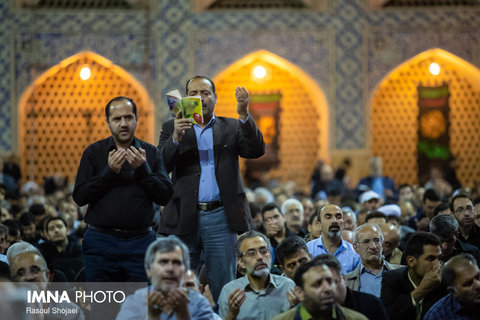
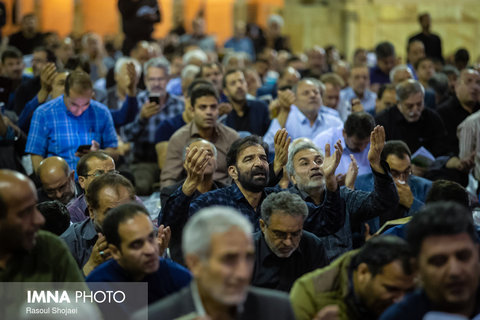
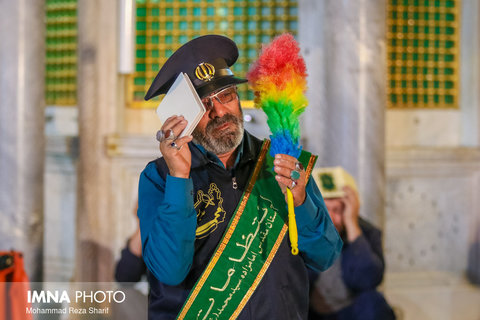
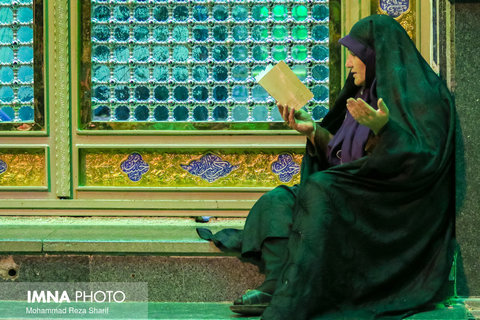

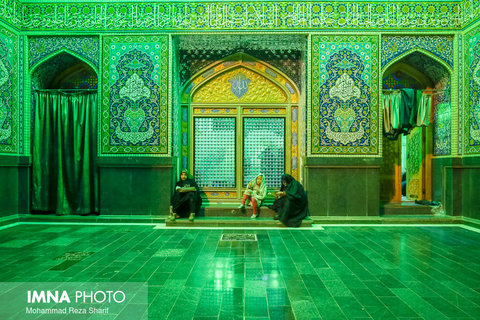
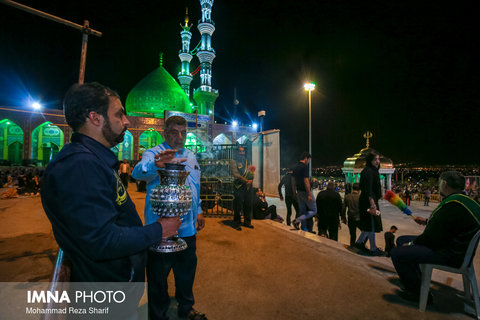
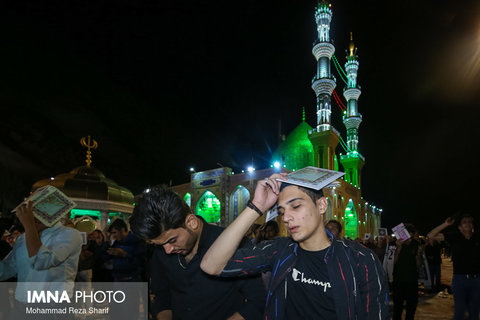
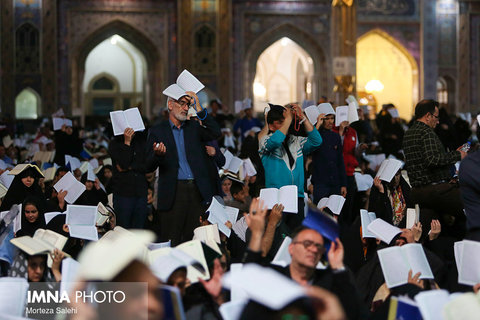
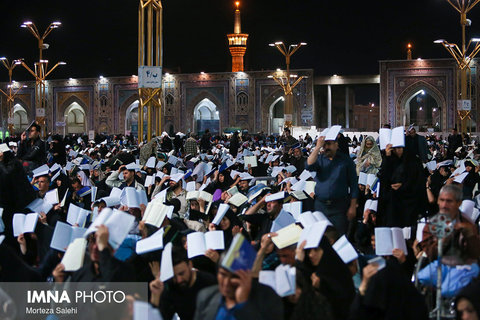
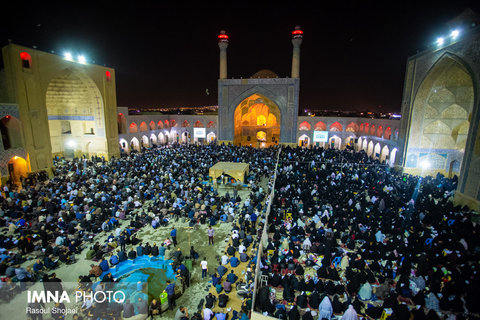
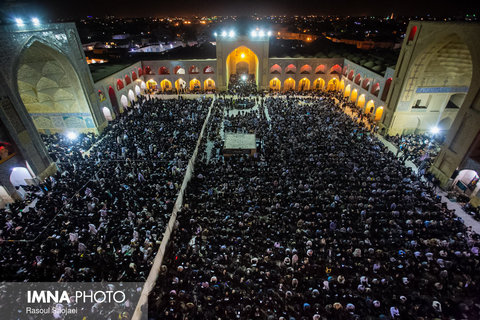
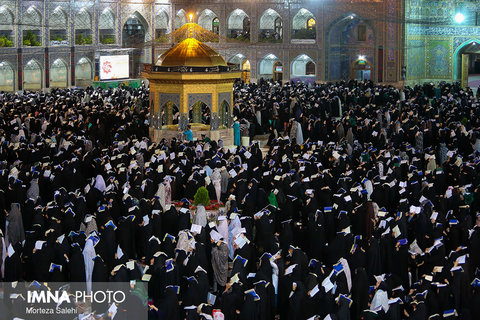
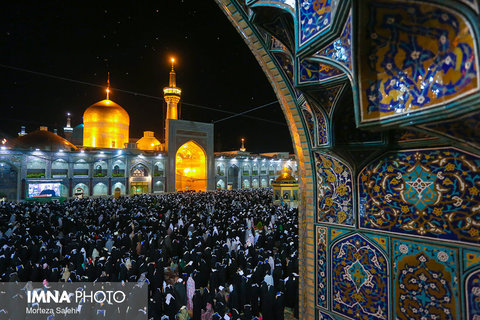
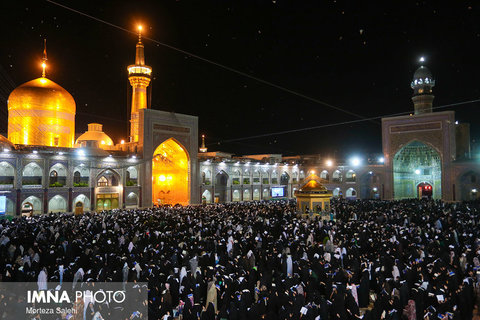
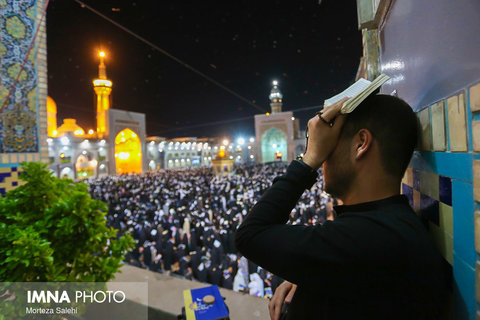

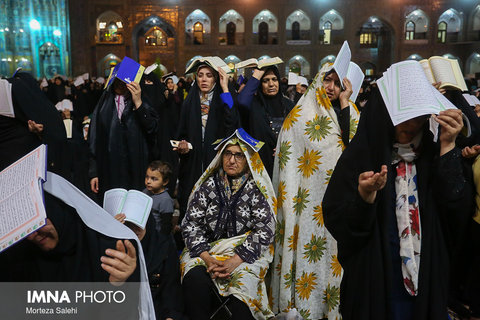
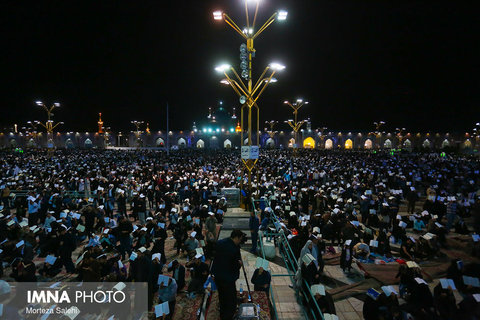
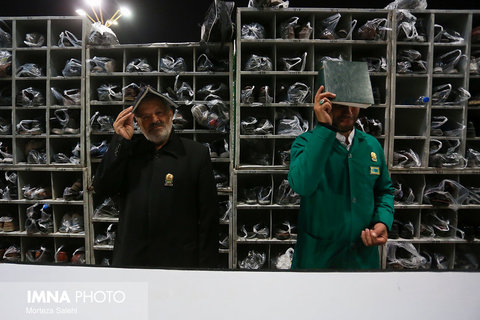
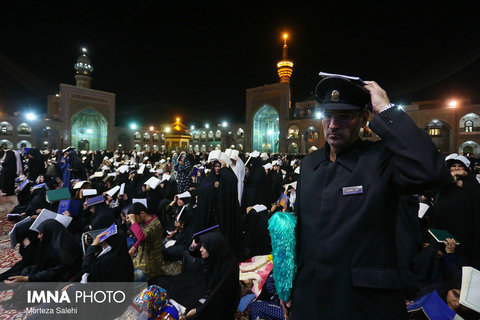


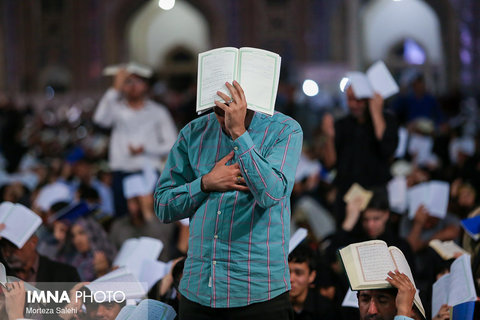
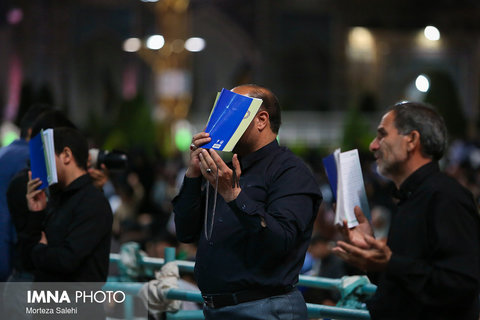
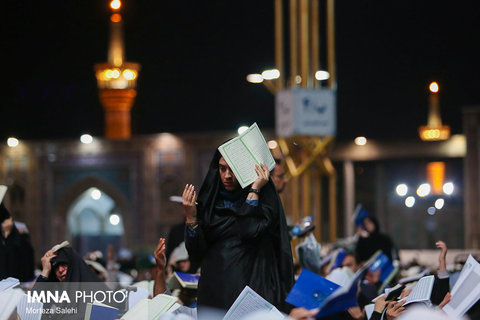
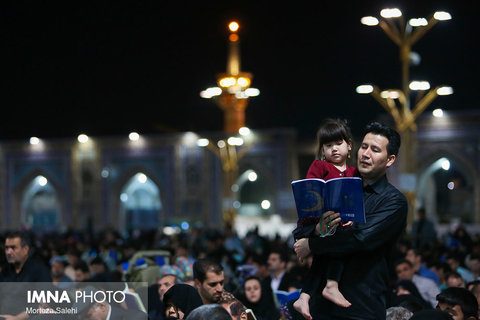

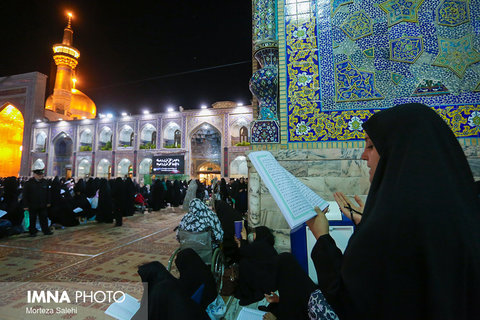
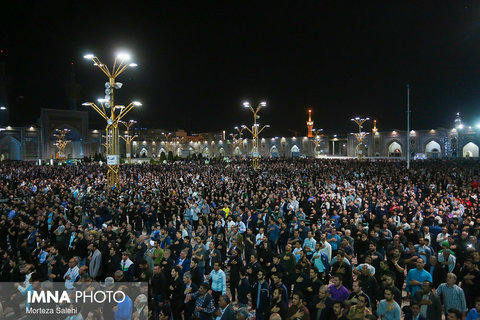
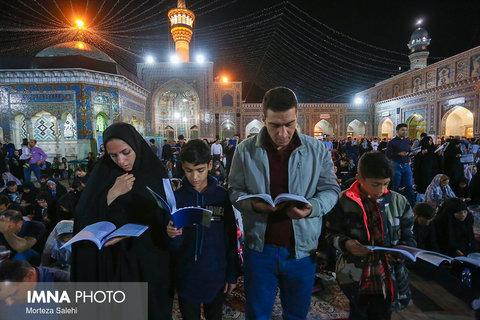
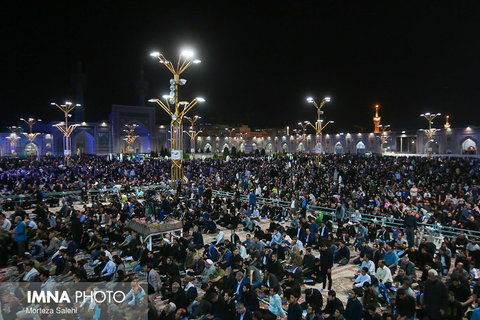
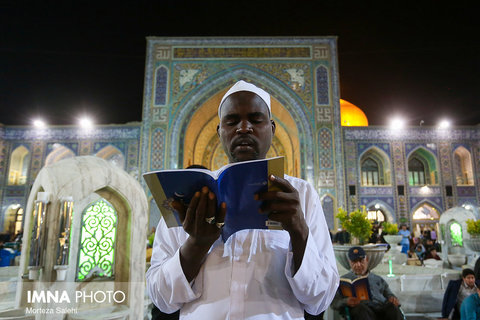

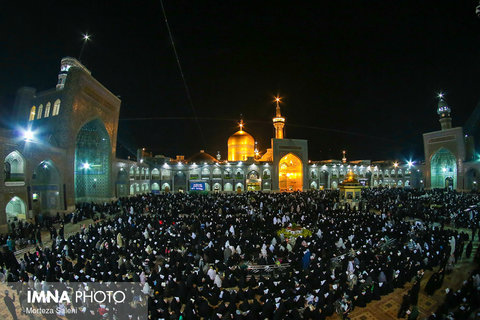
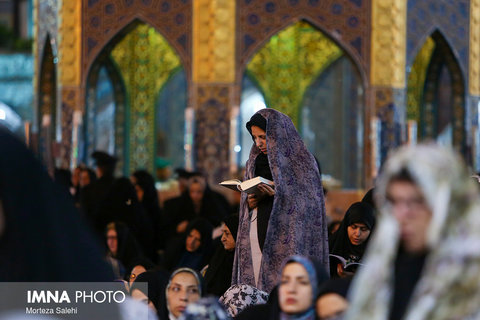
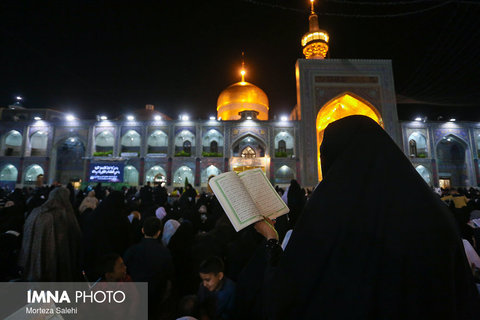
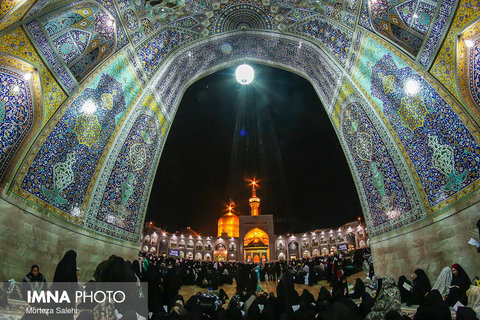
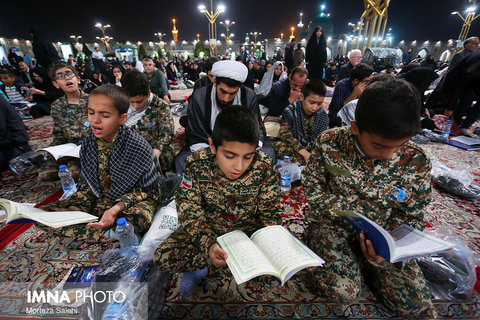
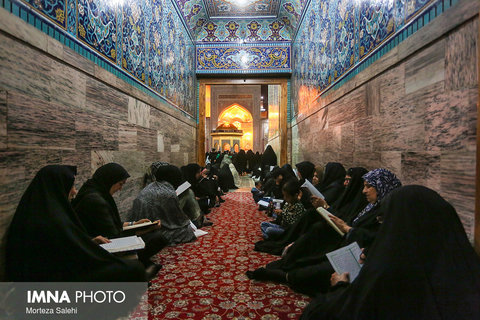
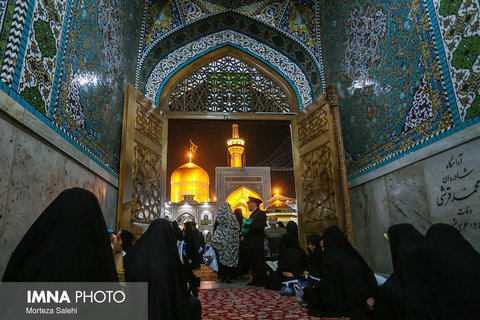
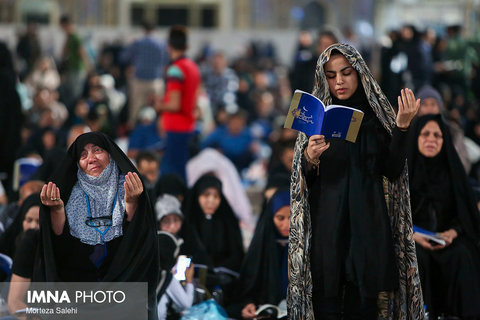
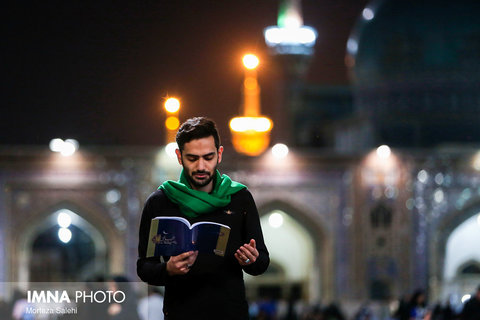
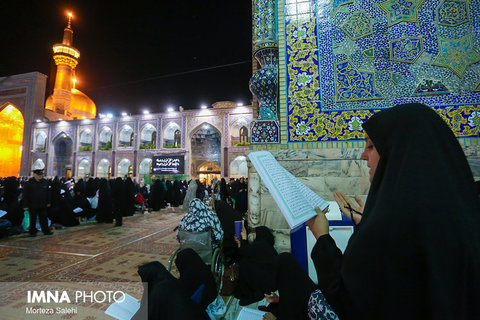
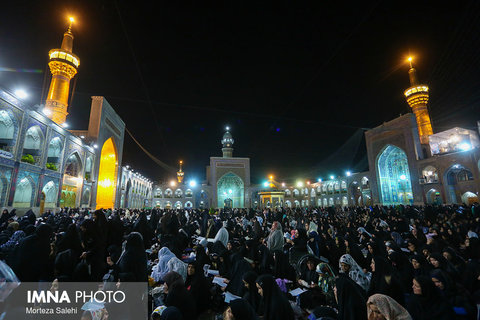



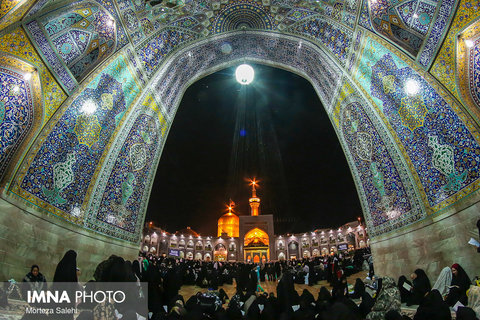
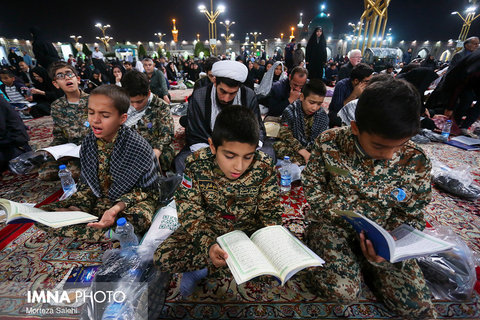
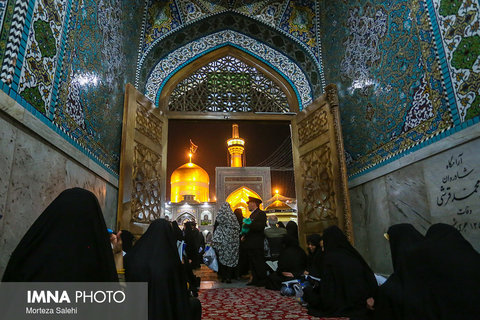
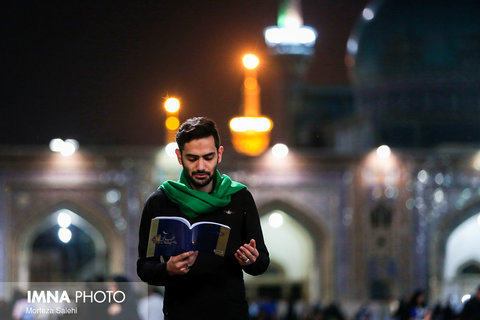
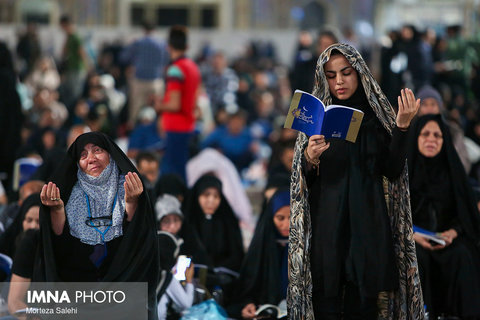
Your Comment